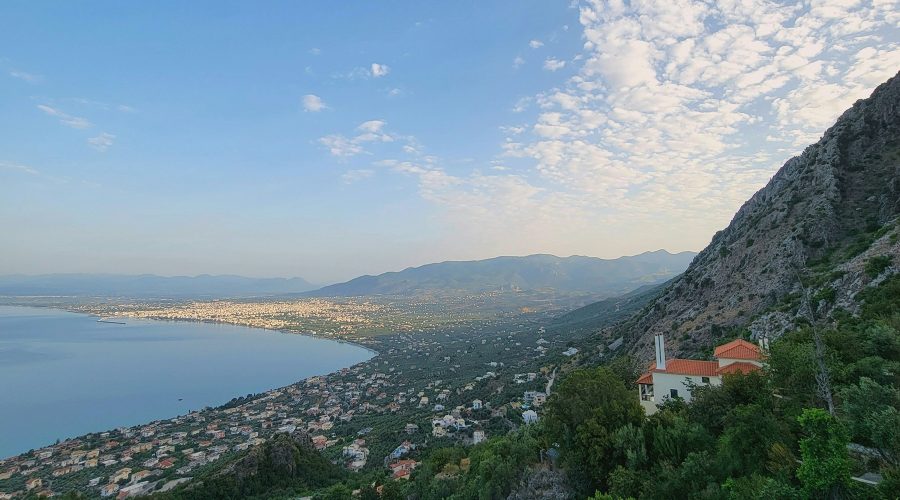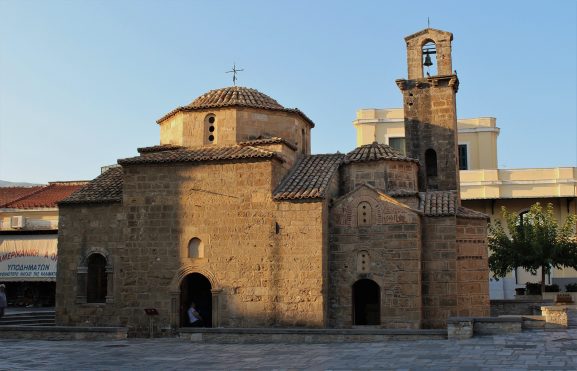Kalamata
The character of the city
Built along the head of the Messinian Gulf, at the foot of Mount Taygetos, Kalamata (pop. 57,567) is the economic, commercial and cultural center of South Peloponnese, in Greece.
The city is full of innumerable natural, architectural and cultural attractions. At the same time it lies at the heart of a region with rich history and world-class monuments – located about an hour away – such as : ancient Messini, the Palace of Nestor, ancient Olympia, the Temple of Apollo Epicurius, Mani and Mystras and the Venetian castles of Messinia.
This is where the rich past meets the city’s exciting present. A modern, all-year-round bustling town which serves 100,000 people every day. A city with a hospital of the highest standards, an international airport, university departments and a Technological Educational Institute, modern cultural venues and important sports facilities.
The cultural activities, the historical and religious monuments, the museums, the sea and-mountain combination and the distinguished local products mainstays of the Mediterranean diet are signature features unique to the city’s character.
Nightlife is another vibrant aspect of Kalamata and its suburbs. Bars and cozy little tavernas are open in the Historic Center during the winter months, while during the summer nightlife shifts towards the clubs and the beach bars located by the sea. The nightclubs of neighboring Verga, with their incredible sea and city view, are ideal places for a special evening out. .
A look at history
Myth says that the founder of the city was Pharis, the son of Hermes and Phylodamela. It is from him that the ancient name of the city. Pharae, comes from. Pharae was built where the Frankish castle is standing nowadays, and as Homer mentions in the Iliad, the city participated in the Trojan War. It later fell to the Laconians, until it was incorporated into the neighboring territory of Messini. It gradually lost its importance however.
By the 10th century AD, the city was already known as Kalamata, while in the 12th century it had already acquired great importance. It would flourish after its occupation by the Franks (1205). It is worth mentioning that one of the city’s rulers, William of Villehardouin, his birthplace being Kalamata, was also known as “Kalomatis”. After 1470, the city will be subjected to a long period of Ottoman rule, interrupted by brief periods of Venetian rule.
In 23 March 1821 Kalamata became the first city to be liberated from the Ottoman rule. On that day, the revolutionary Greek forces were under the command of generals Theodoros Kolokotronis, Petrobeys Mavromichalis, Nikitaras and Papaflessas. The liberation was followed by a doxology performed in the church of the Holy Apostles (a symbol of the city), where the revolutionary flags were blessed.
This was followed by a century of prosperity, based upon the trade of agricultural goods produced in the Messinian land (figs, olive oil, olives, silk and currants) as well as the local craft production. During these years, the city became known as “the Marseilles of Morea” (Peloponnese).



